
Documenting Life, Memories, and the World Through Observation
Nature journaling is a powerful way to slow down, observe the world, and document life’s moments with words.
On this page, you'll find inspiration for capturing your experiences in nature—whether it's the changing seasons, the sound of birdsong, or the details of a favorite landscape. Through mindful observation, writing prompts, and memory-keeping techniques, nature journaling becomes more than just a record—it becomes a personal story of connection with the world around you. Whether you're sketching quick notes on a morning walk or reflecting on a meaningful outdoor experience, this space is dedicated to helping you turn observations into lasting words.
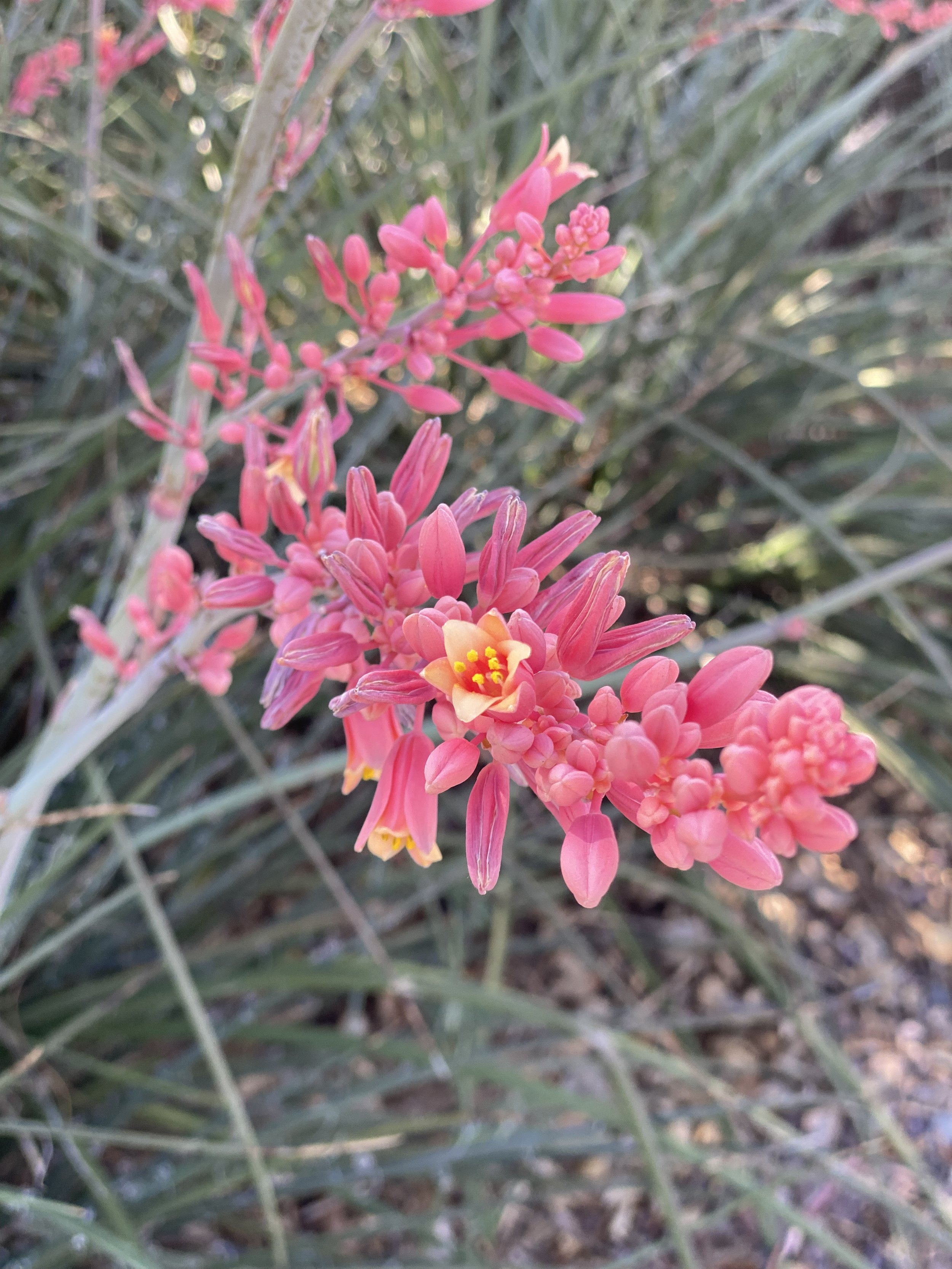








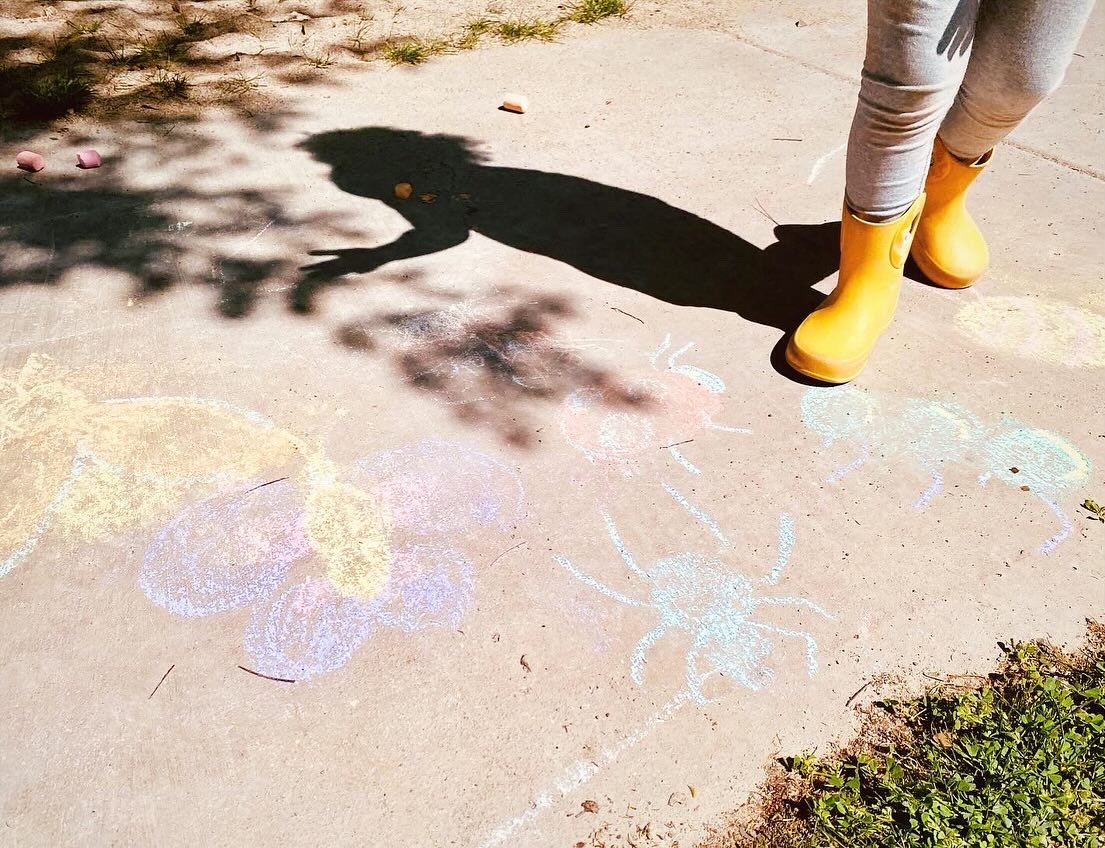


Try a Nature Journaling Activity




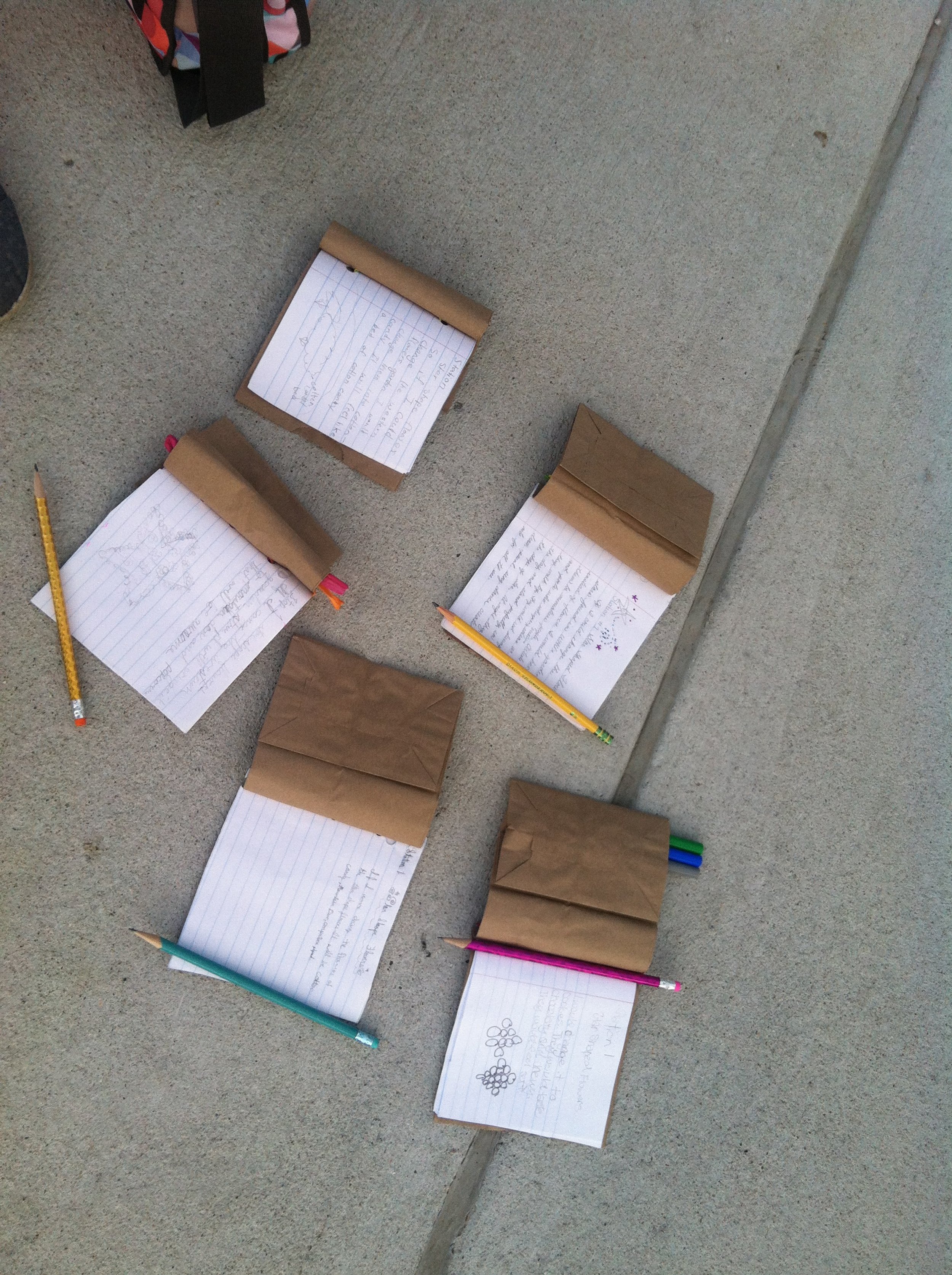





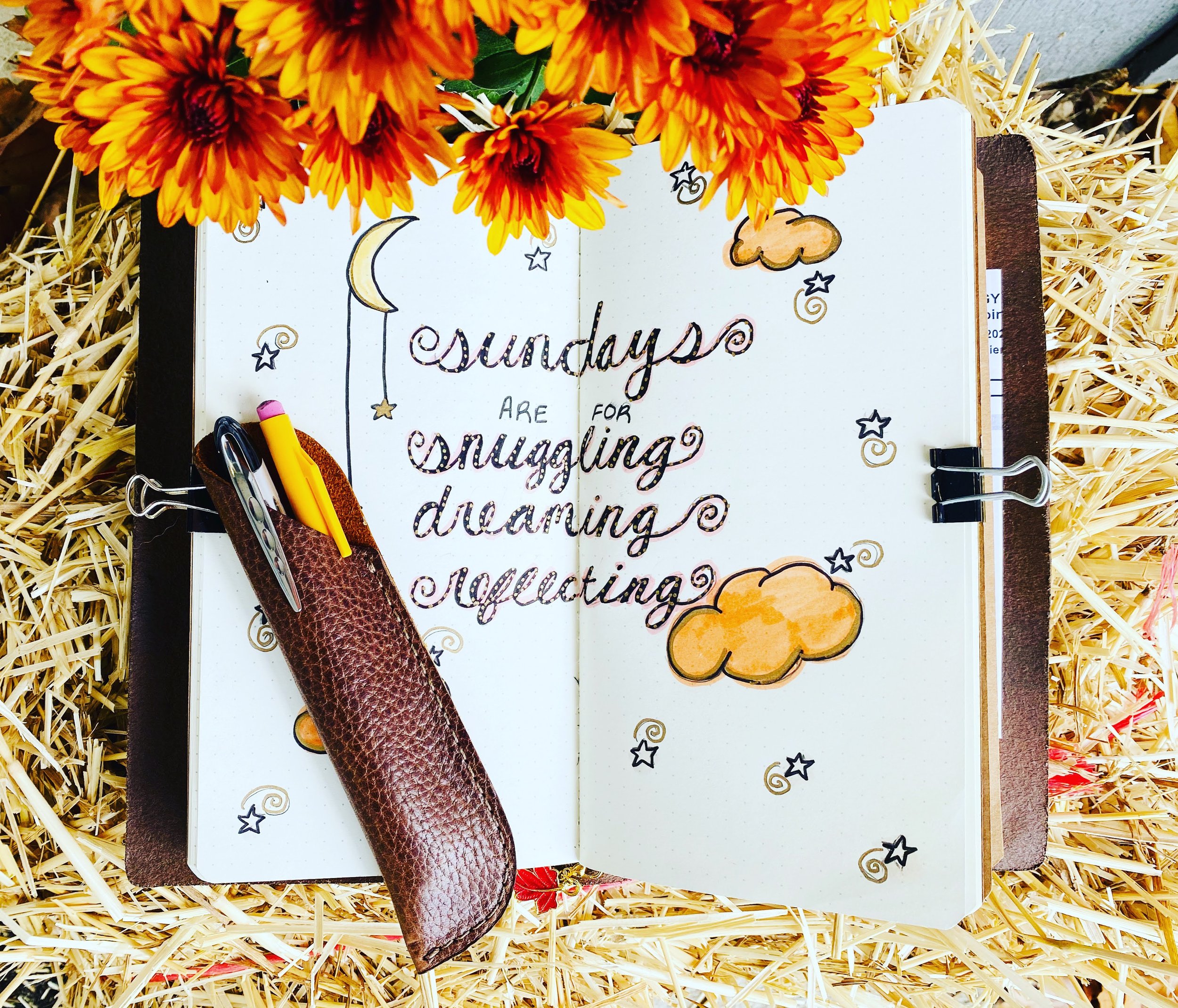

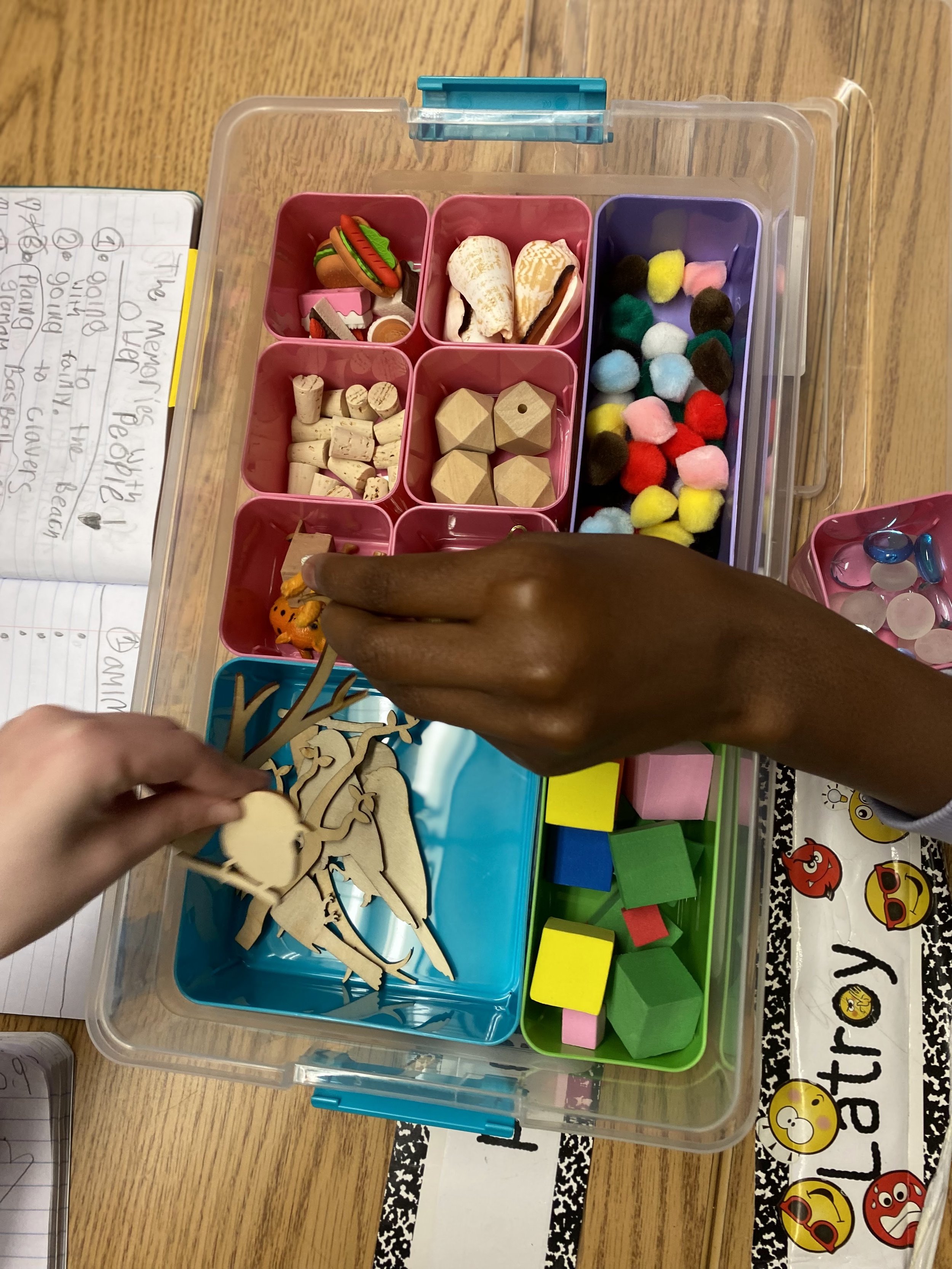
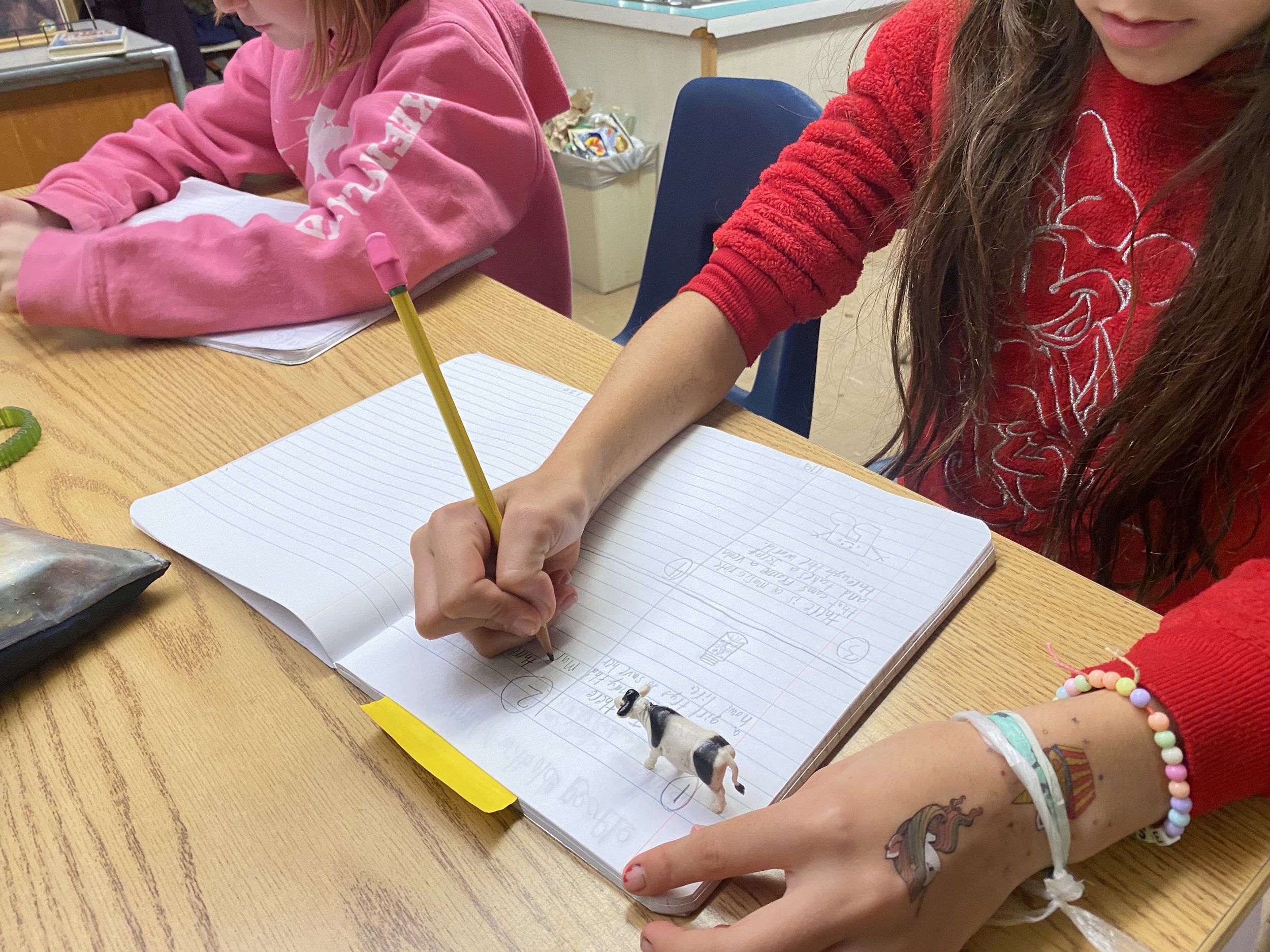
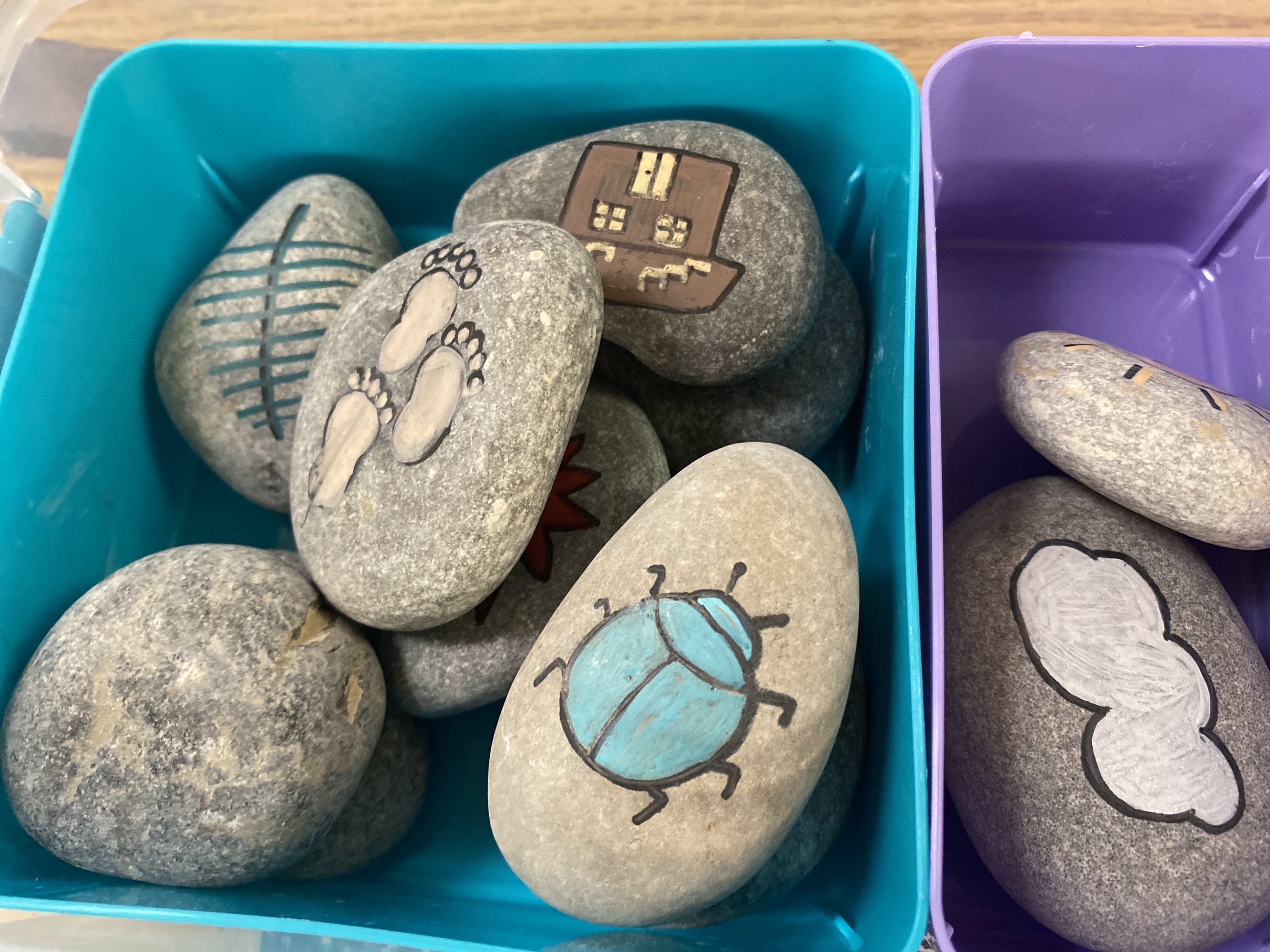

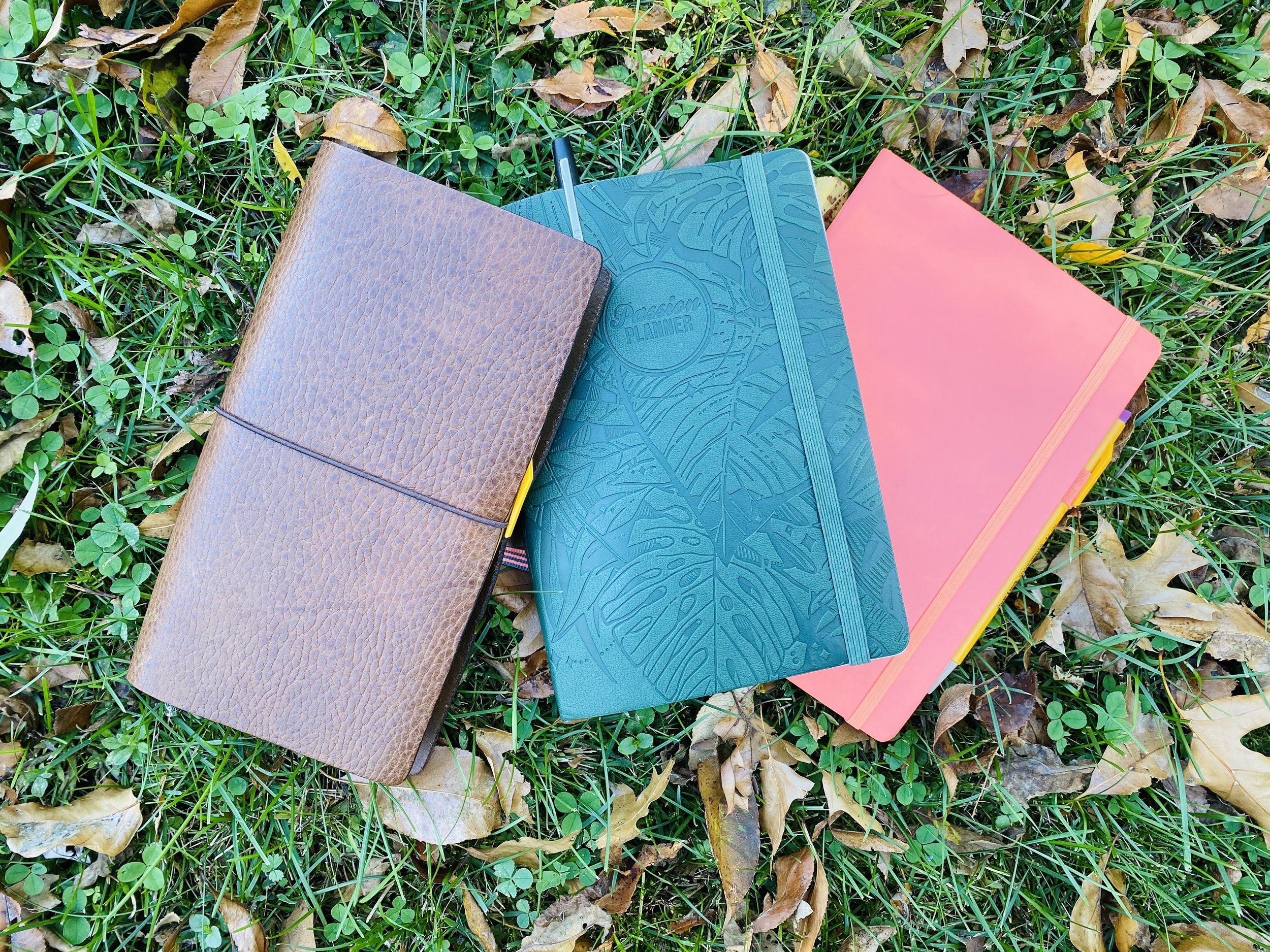
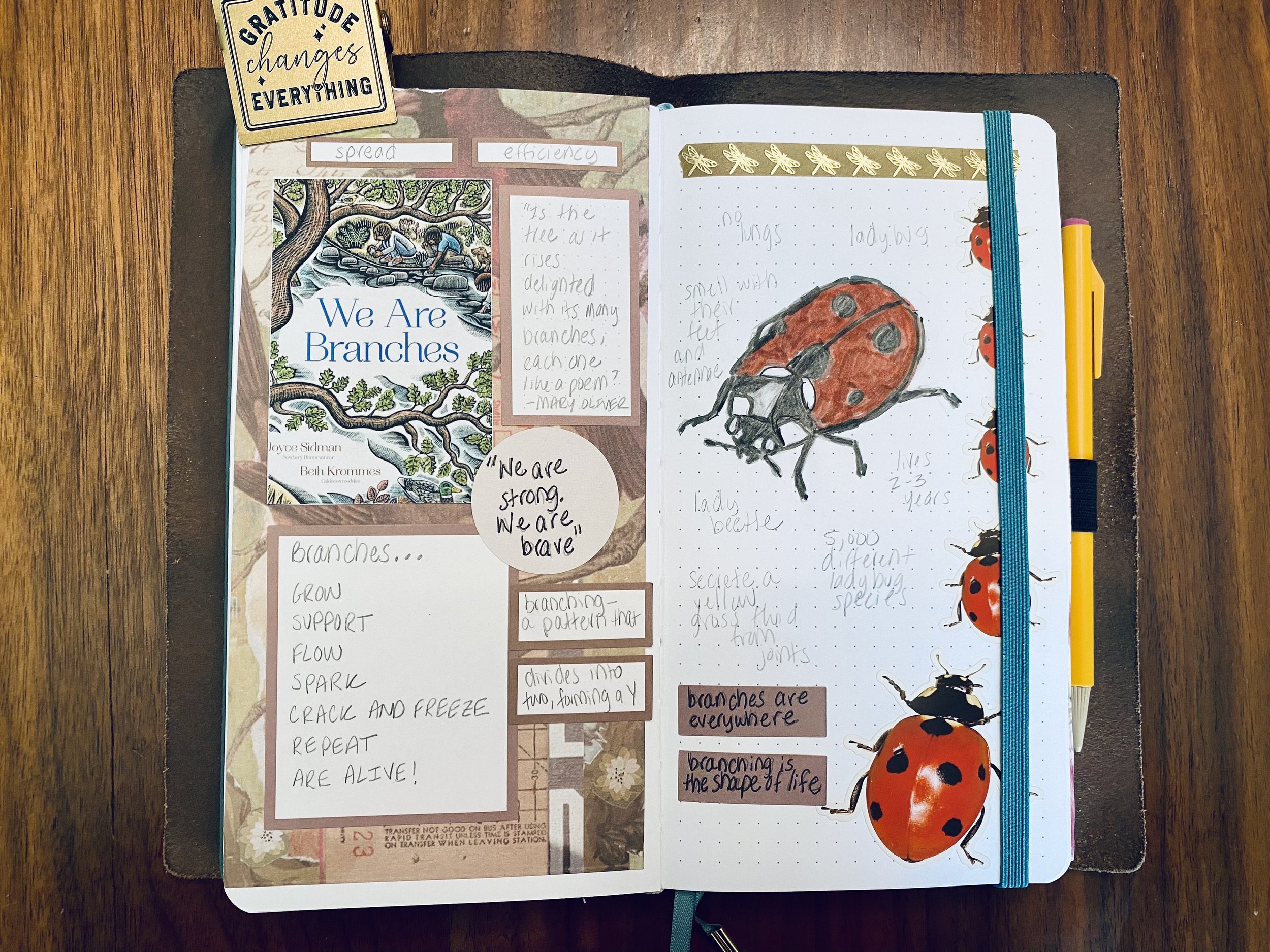




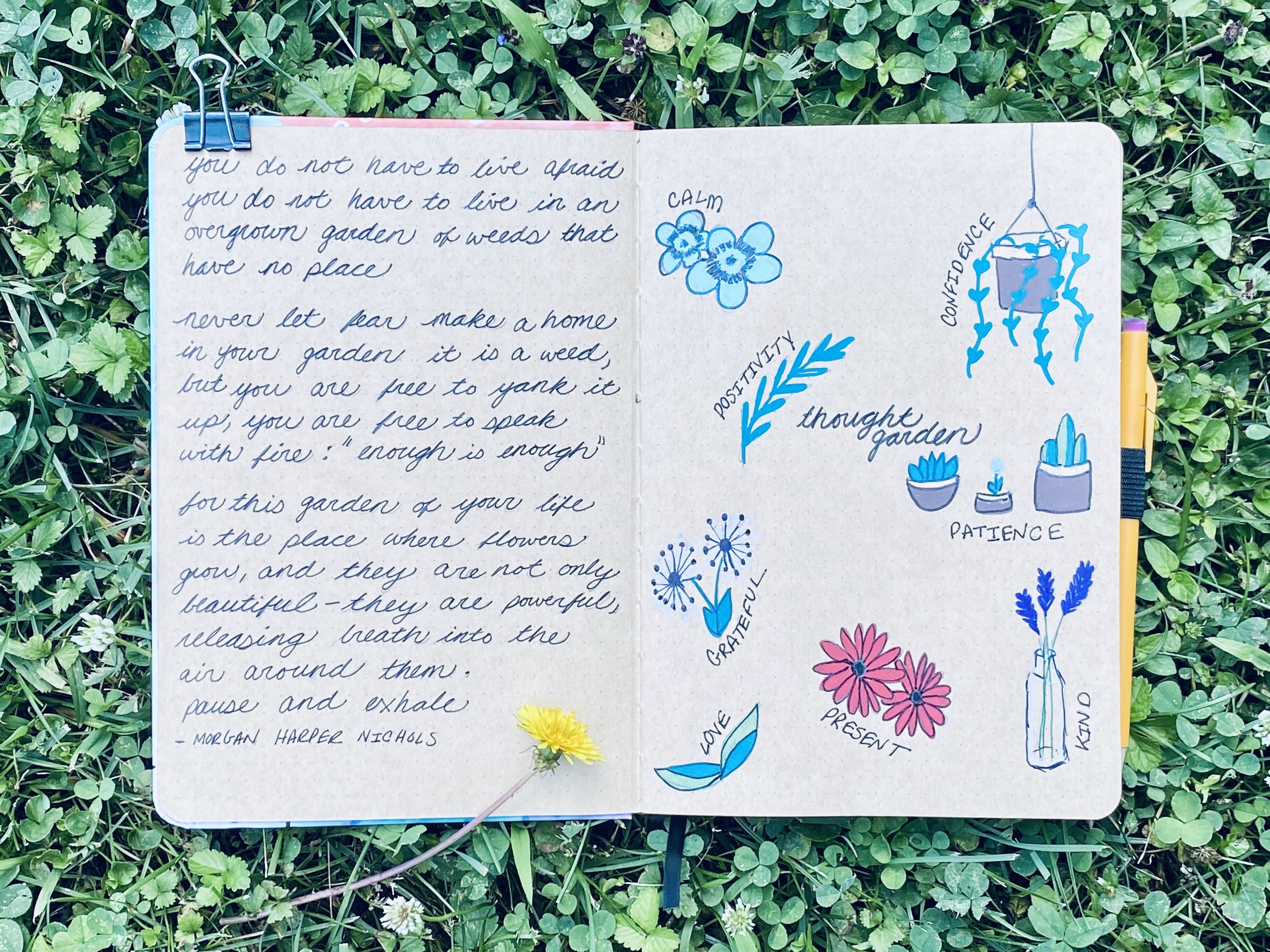
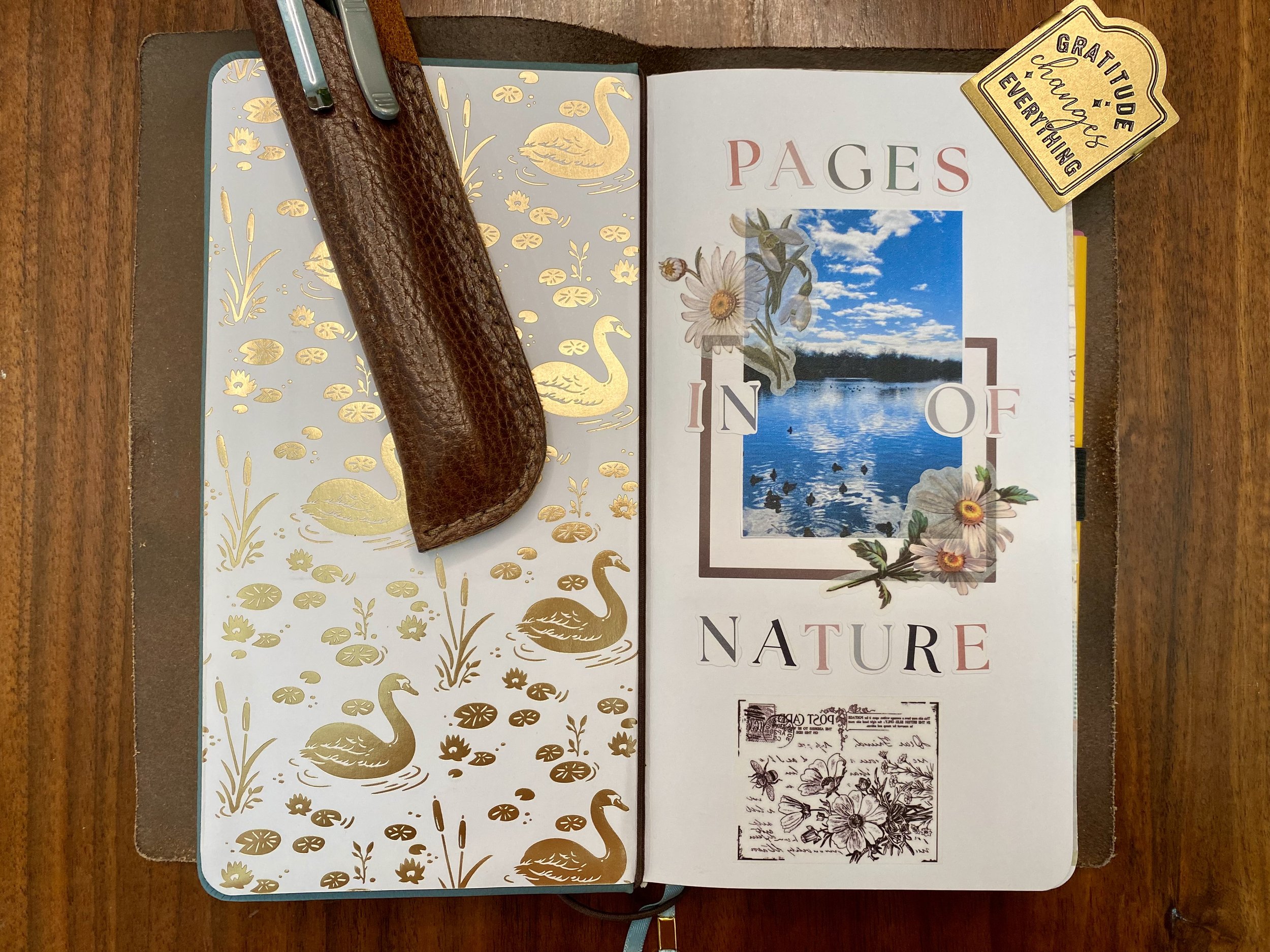
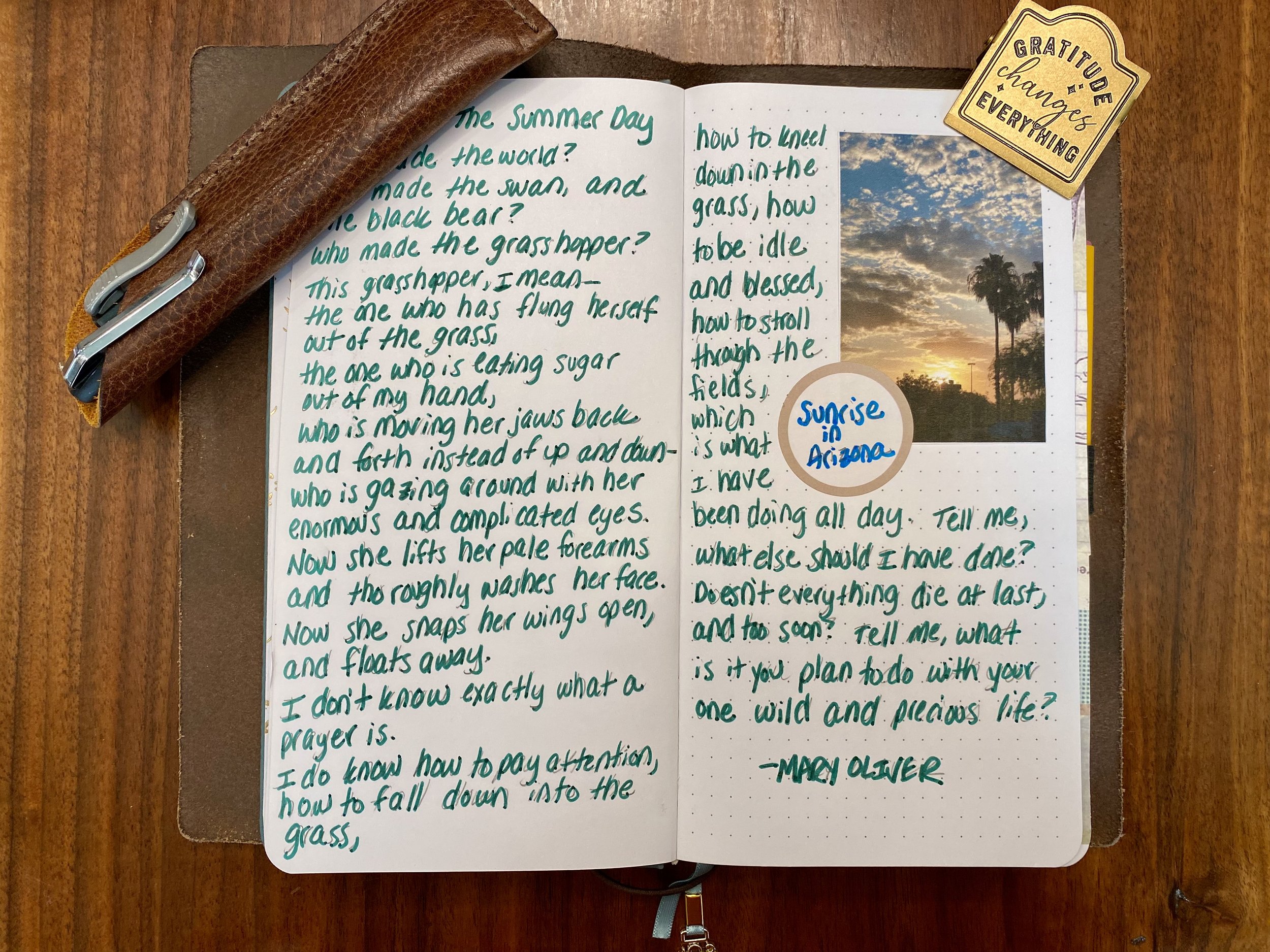
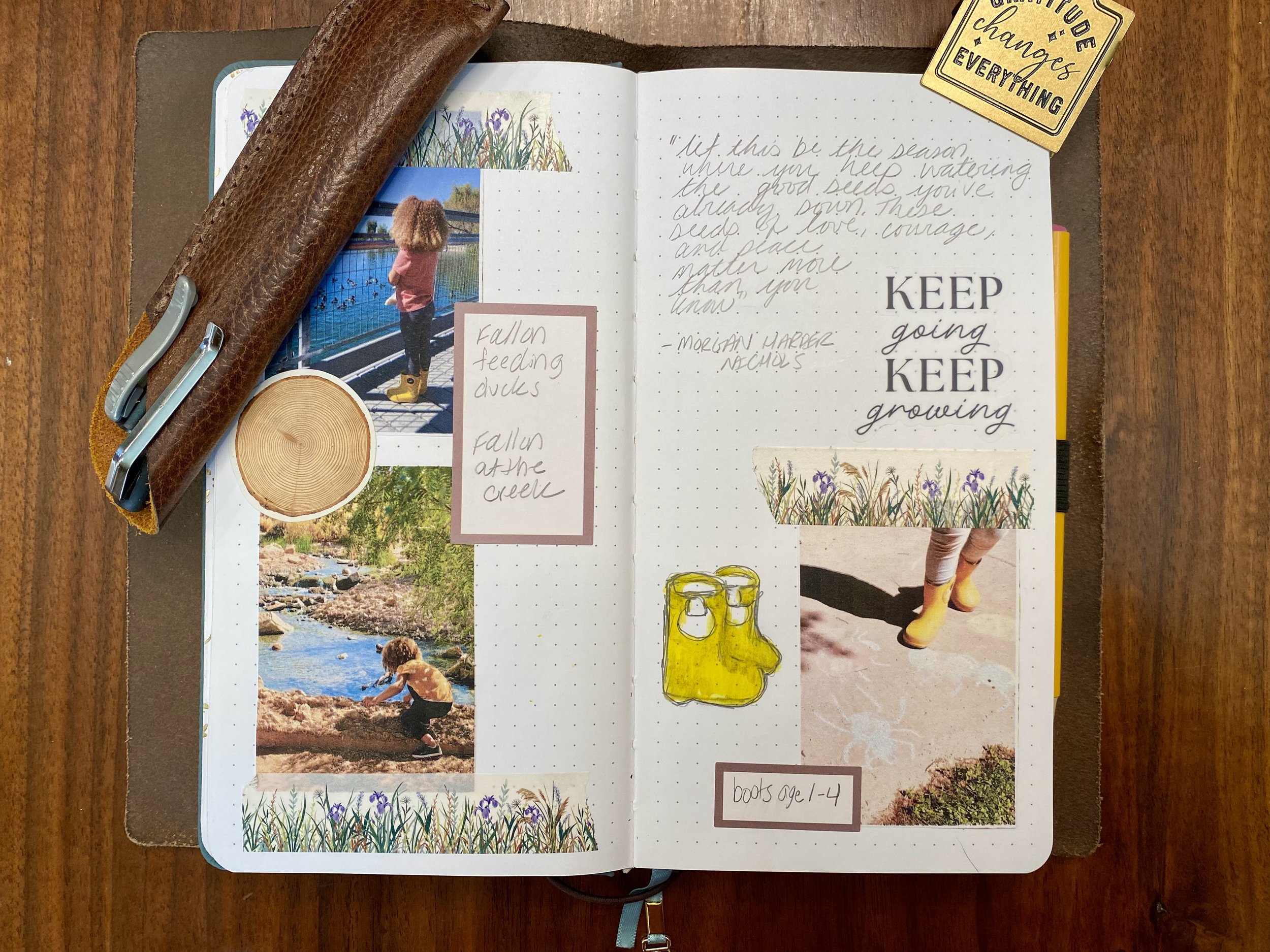
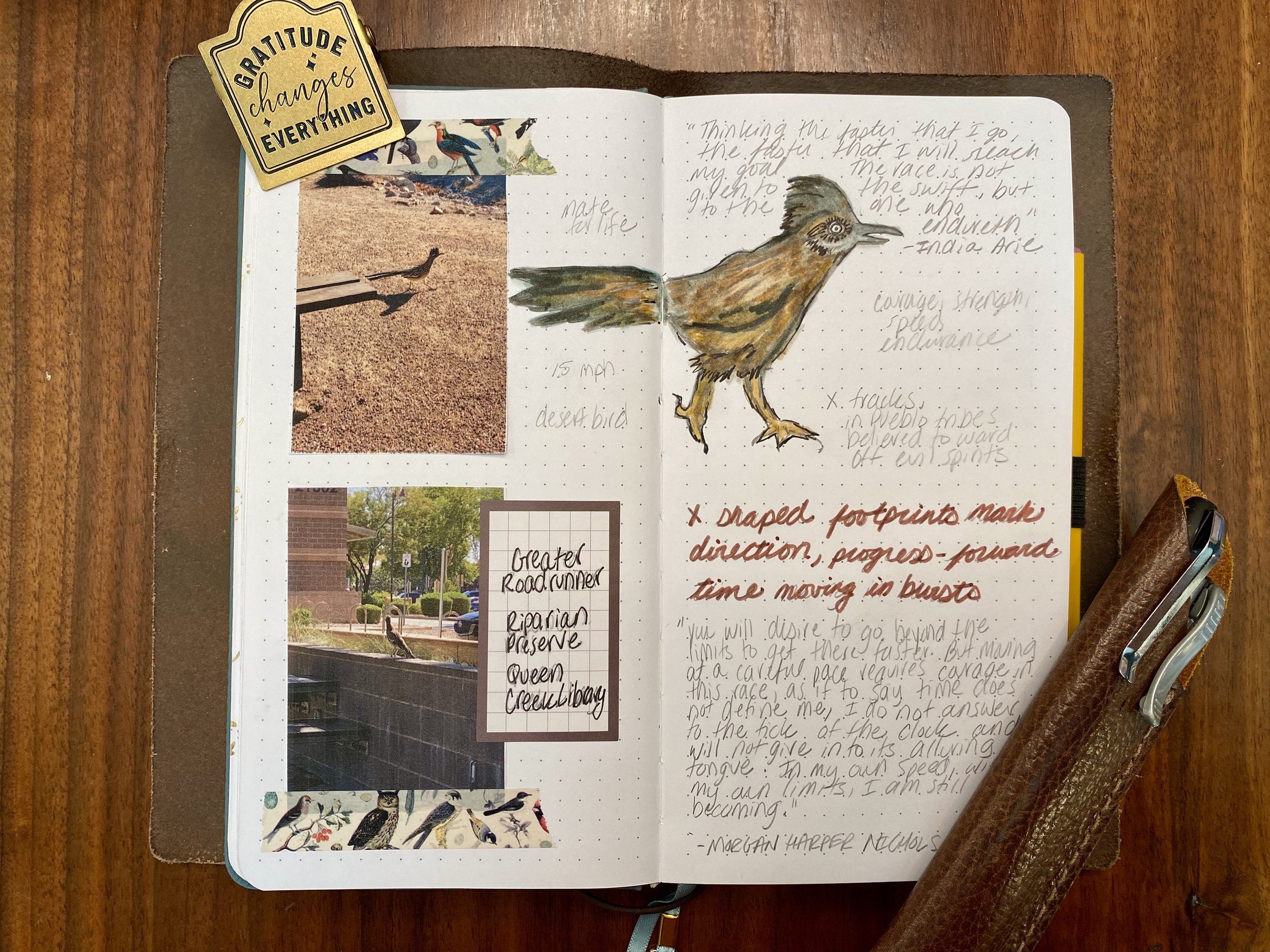
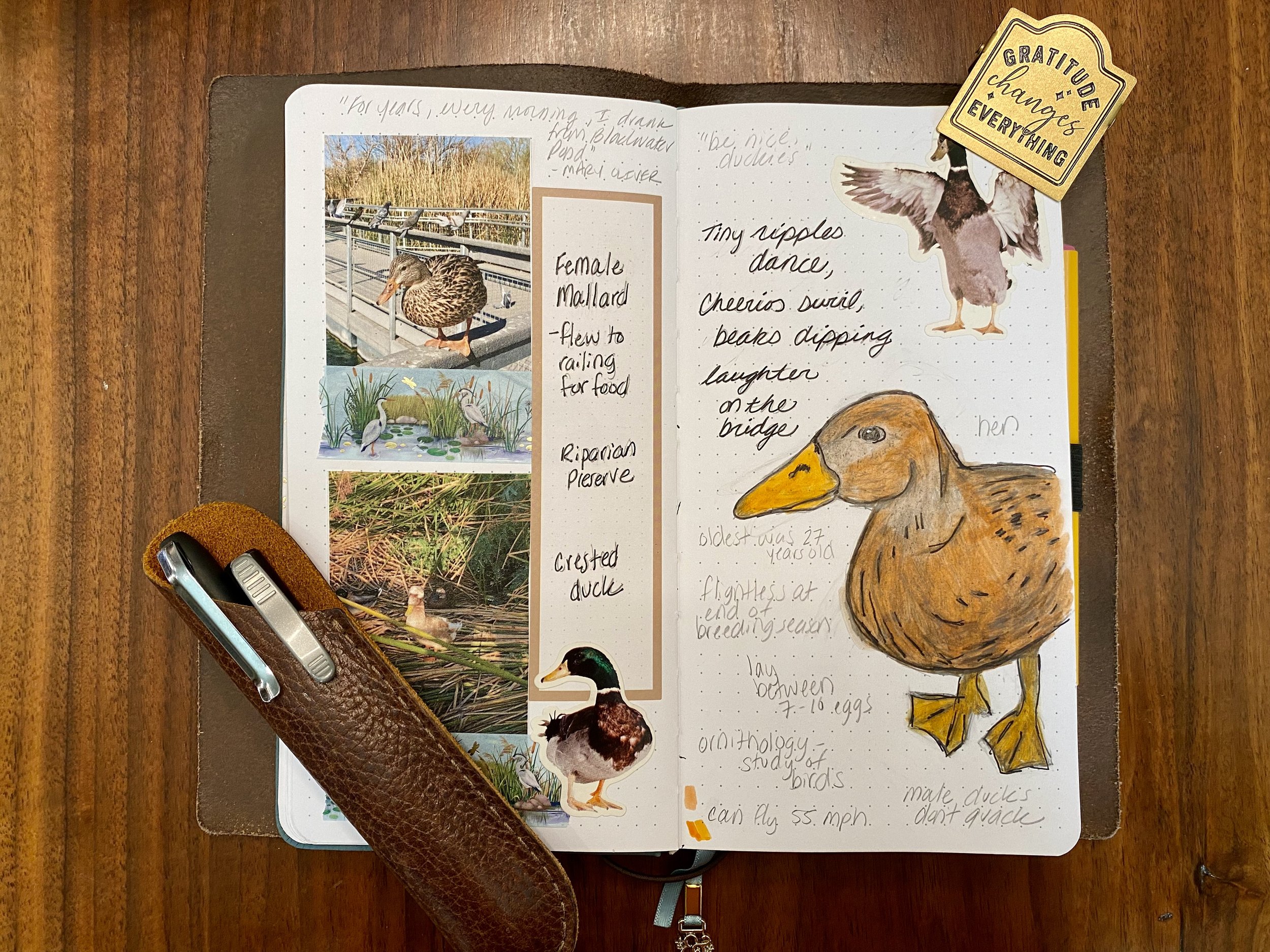
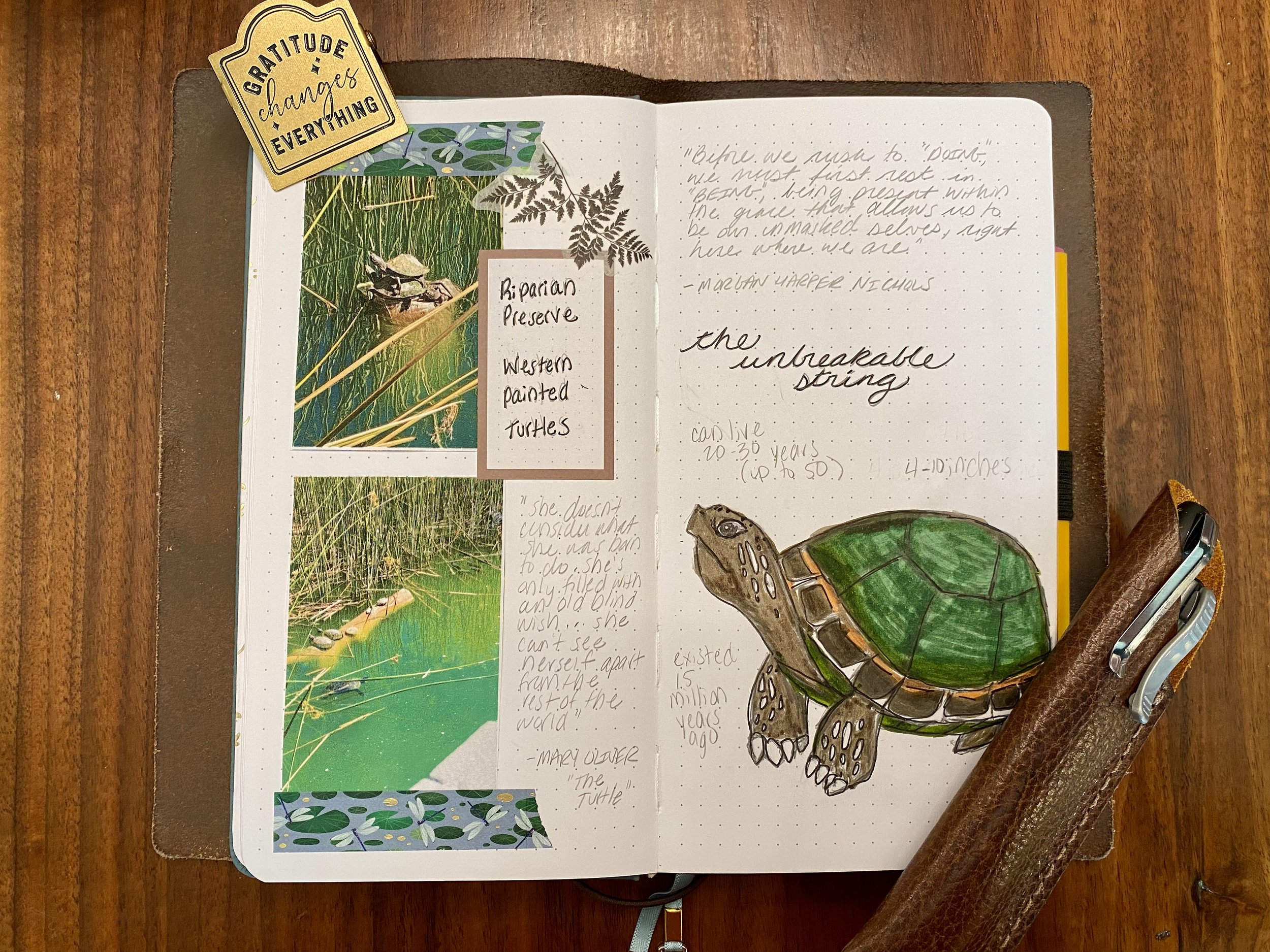
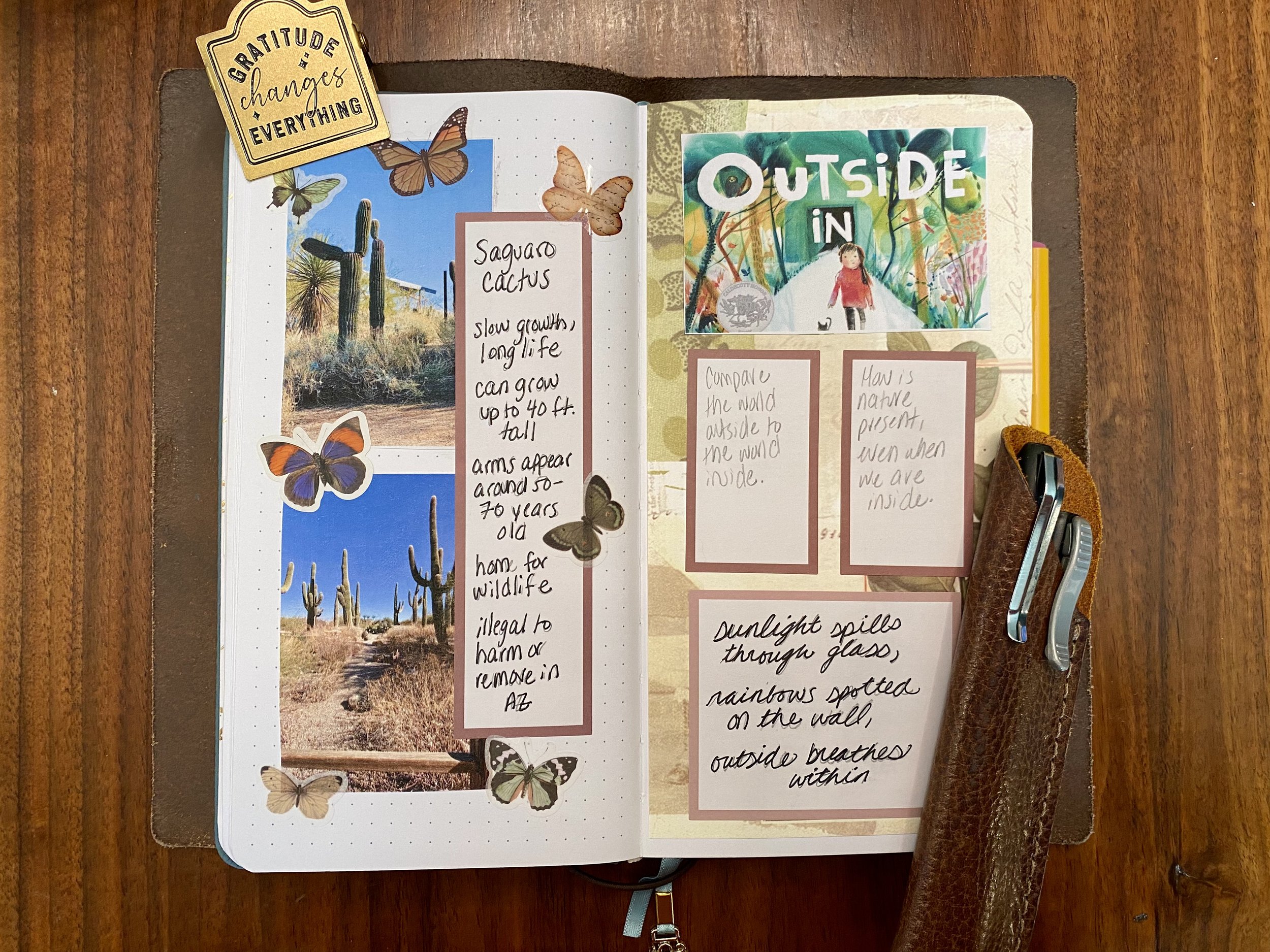
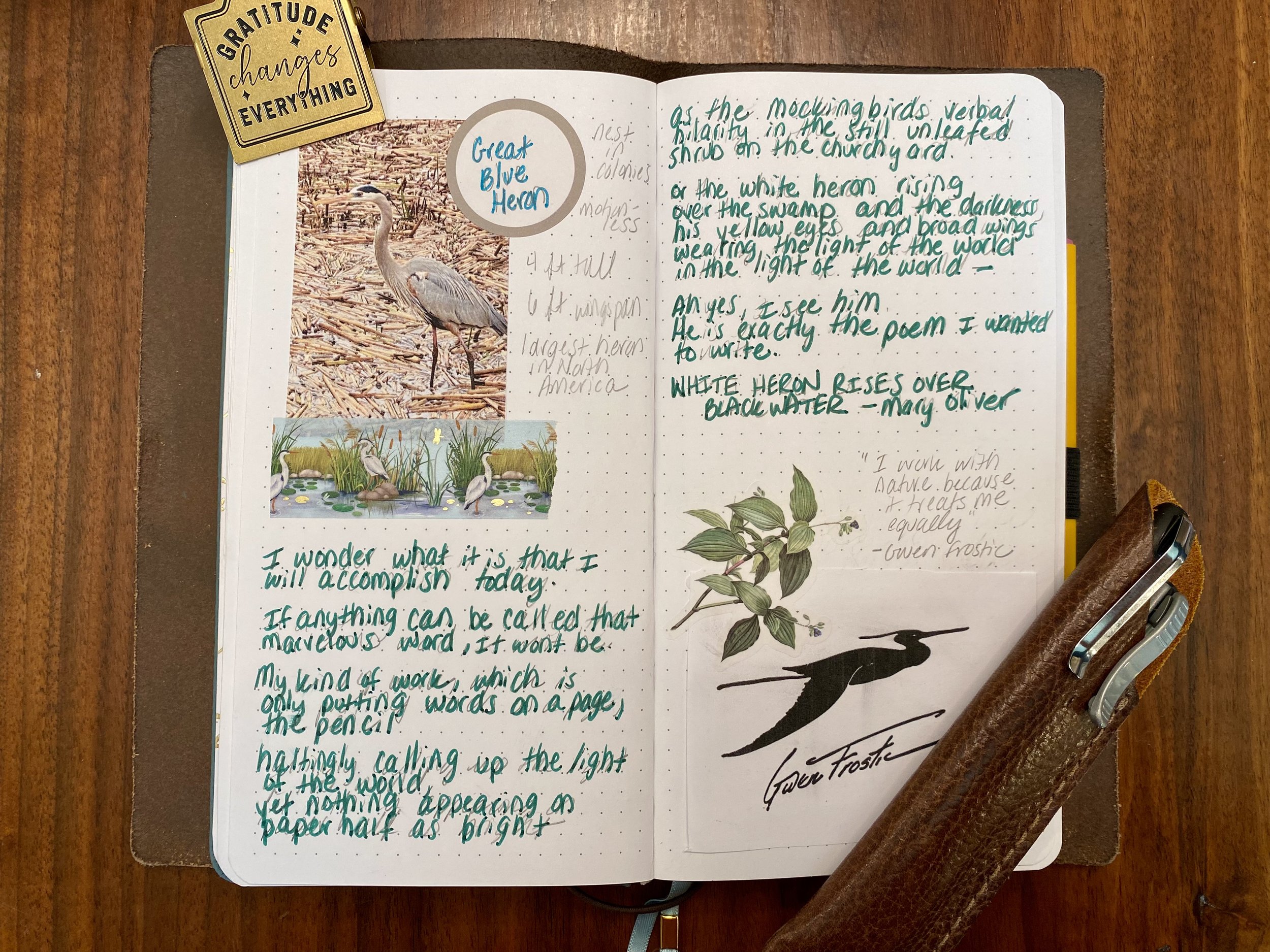
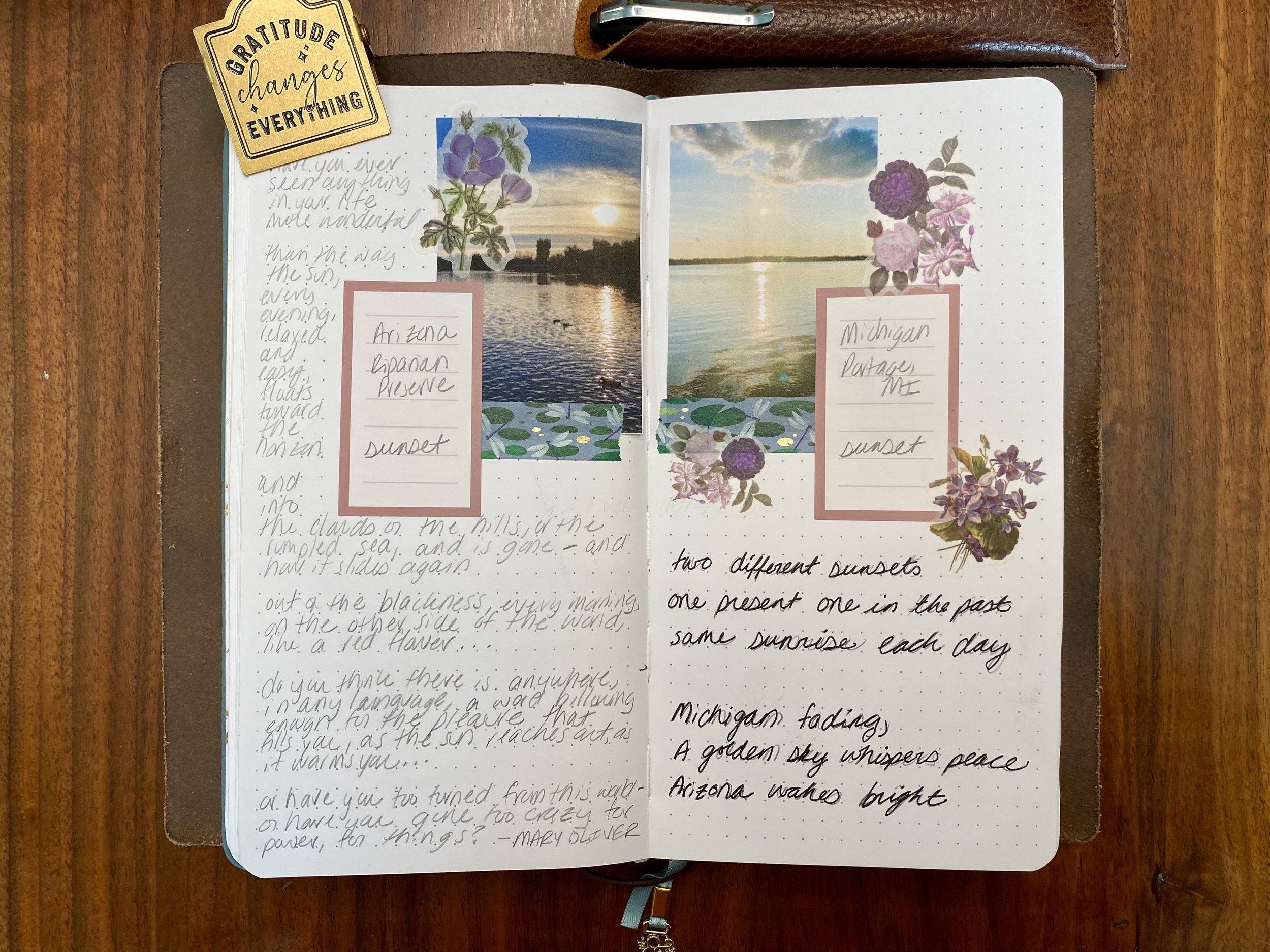
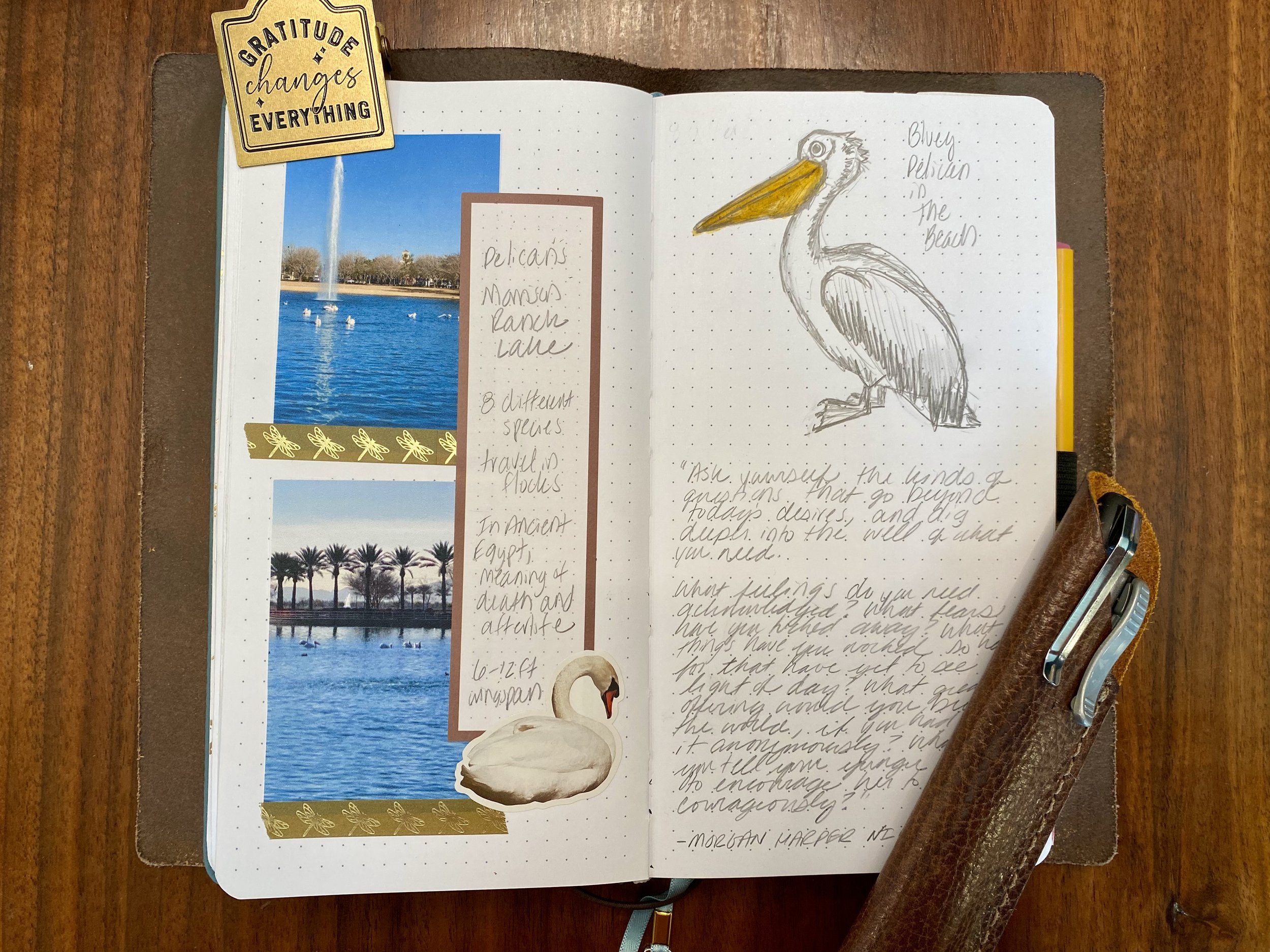
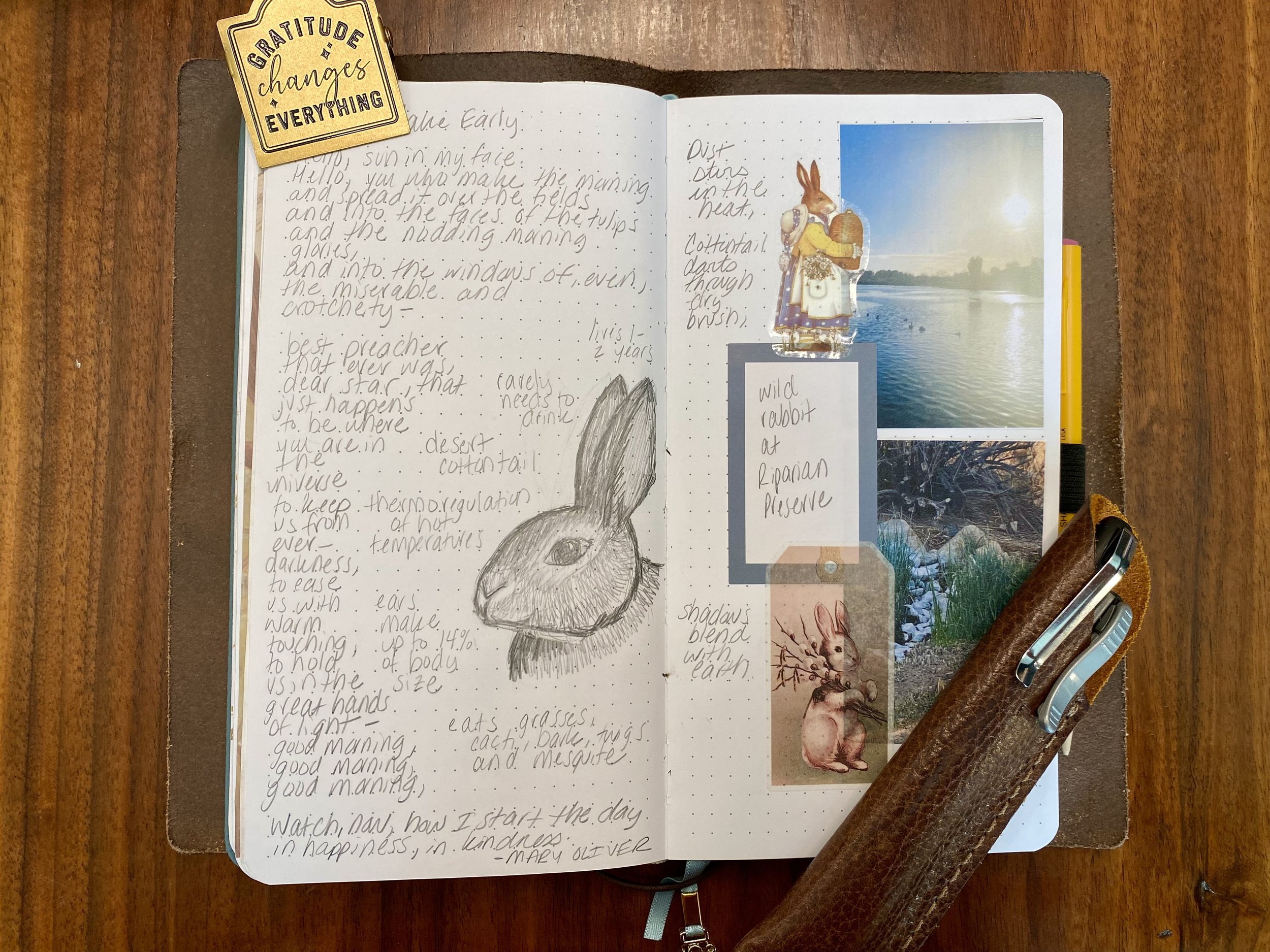
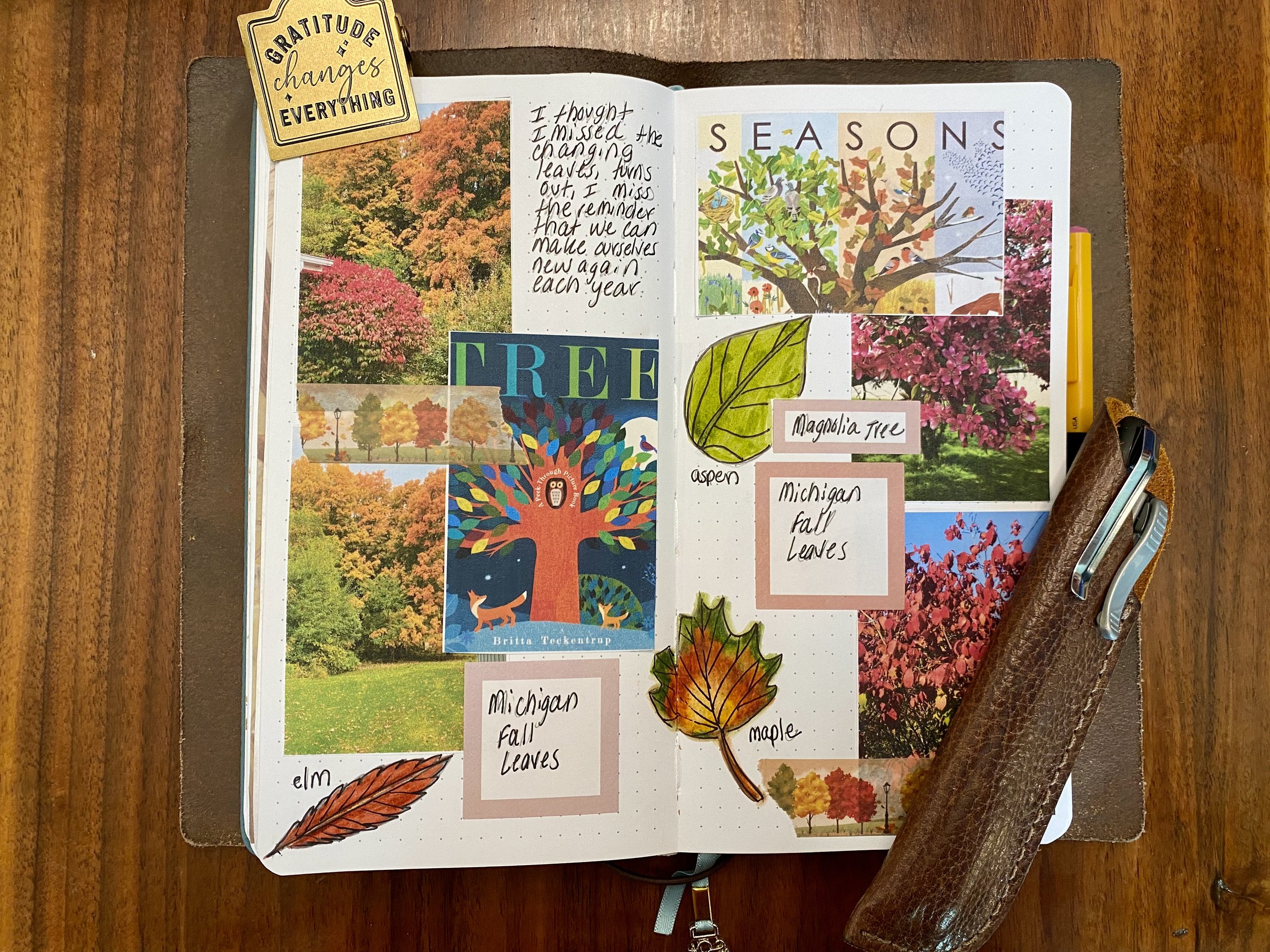







When most people think of nature journaling, they imagine sketching a bird on a branch, noting the colors of a flower, or recording the changing weather. But nature journaling isn't only about what you see. One of the most important—and often overlooked—ways to connect with the natural world is by tuning in to its sounds.
Sounds have a way of pulling us outside. I often find that while I enjoy sound, I struggle to bring it to the forefront of my senses. What I mean by this is that when I’m walking outdoors, I don’t always notice the birdsong, the wind, or even the ambient noises like cars or people talking. I tend to tune them out. Yet I know some sounds can shift how I feel when I’m in nature.
So what happens when we allow sound to come to the forefront of our awareness?
This post is all about tuning into sound using a tool called a soundscape or sound map. I also tried out the Merlin app, which identifies bird calls and displays information about the birds on your screen. Birds seemed like a natural place to start when talking about sounds in relationship to journaling. Why? Because birds are everywhere. You don’t have to have a forest or green area in order to access their music. You can be in the busiest of cities, and you can still work with the sound of birds in your journal. Think of this post as a guide to help you start noticing sounds more intentionally—and using a simple outdoor walk as inspiration for what you might hear.